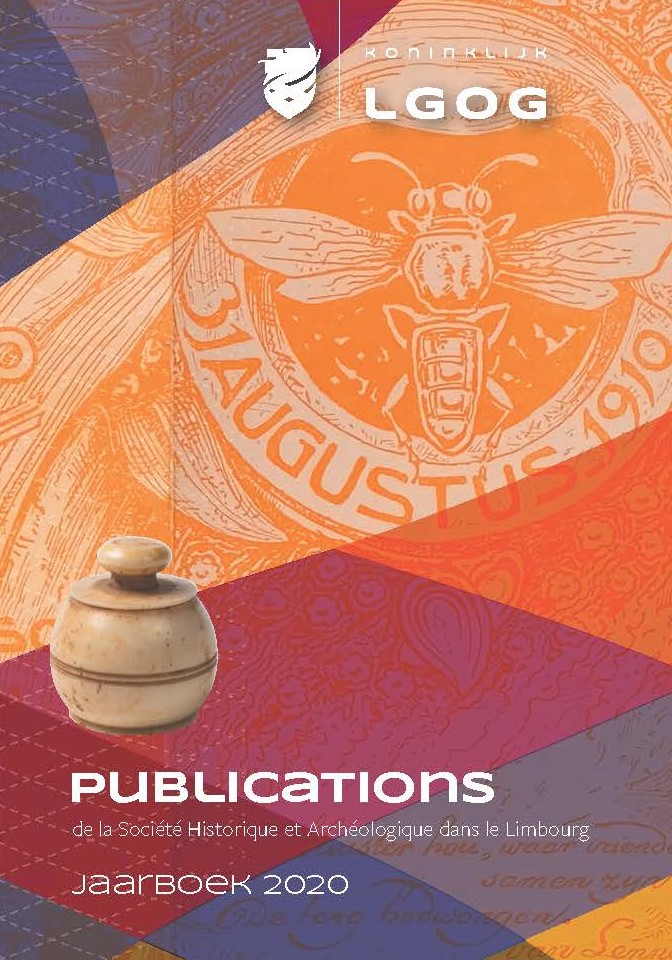Muntslag in de heerlijkheid Terblijt rond 1565
Heren als valsemunters
Samenvatting
For a short period in the second half of the sixteenth century the tiny lordship of Terblijt, east of Maastricht, was a centre for the production of counterfeit coins. Its lords claimed a special status for the lordship within the Holy Roman Empire and the historic right to mint coins. The Rhenish-Westphalian Circle, recently entrusted with the duty of guarding the quality of the coinage, and the authorities in Brussels joined hands to suppress this activity.
This raises questions about the formal status of the lordship in the early modern period. It was situated in the border region between the Holy Roman Empire and the Netherlands, which the Treaty of Augsburg in 1548 had largely separated from the Empire. Regional historians have dubbed this lordship a ‘Free Imperial Lordship’ and have assumed imperial immediacy. Terblijt can, however, not claim such distinction. From the middle of the sixteenth century, it paid contributions to the Spanish Netherlands, and later to the States General in The Hague. In spite of being allowed to use the Court of the City of Aachen as a court of appeal until 1779, it was in no way recognised as having an independent status and being part of the Holy Roman Empire. It was neither free nor imperial.
Downloads
Downloads
Gepubliceerd
Nummer
Sectie
Licentie

Dit werk wordt verdeeld onder een Naamsvermelding 4.0 Internationaal licentie.
Auteurs behouden het volledige auteursrecht op hun werk en verlenen het tijdschrift het recht van eerste publicatie. Artikelen worden verspreid onder de voorwaarden van de Creative Commons Naamsvermelding 4.0 Internationaal (CC BY 4.0).



